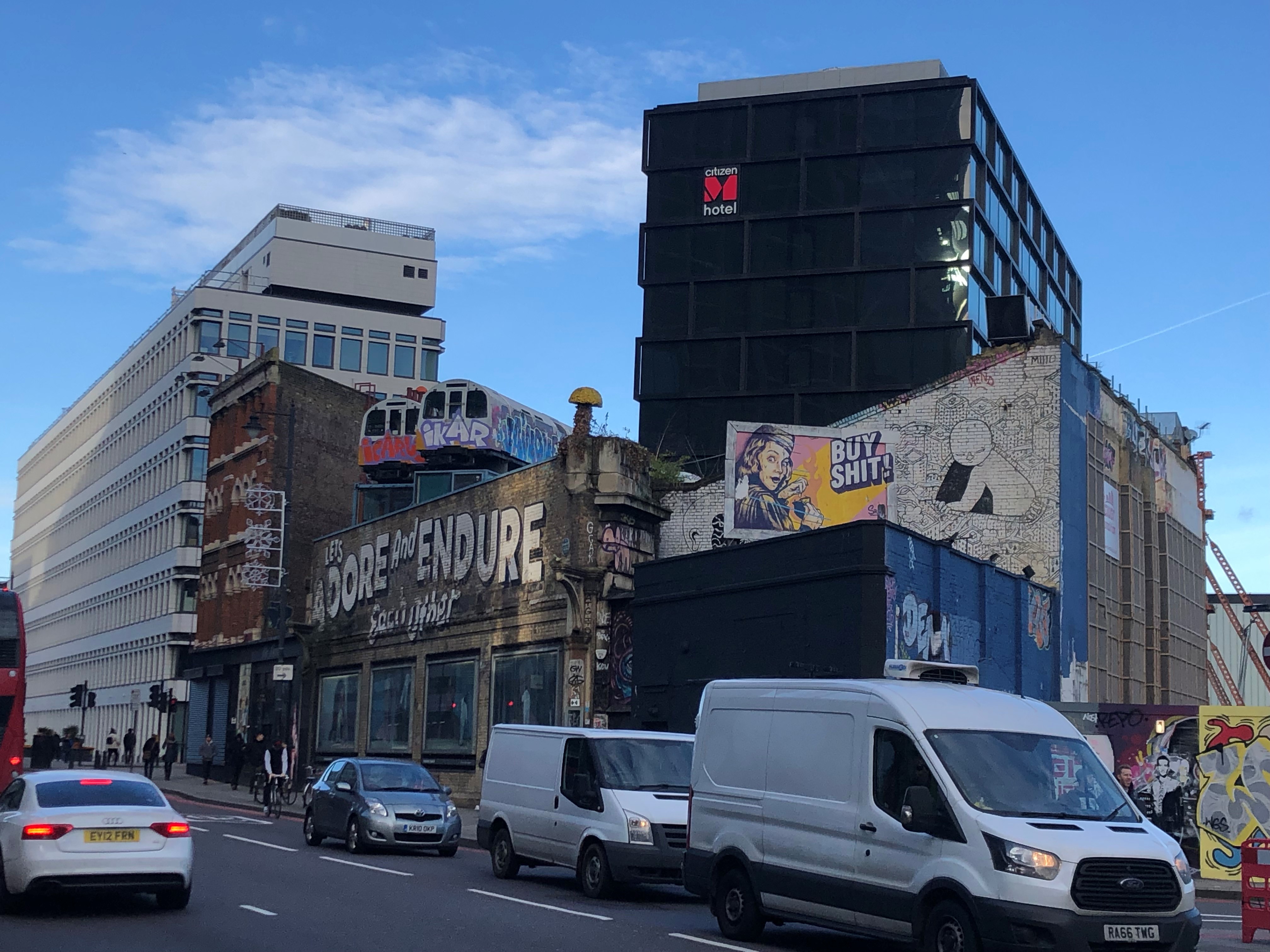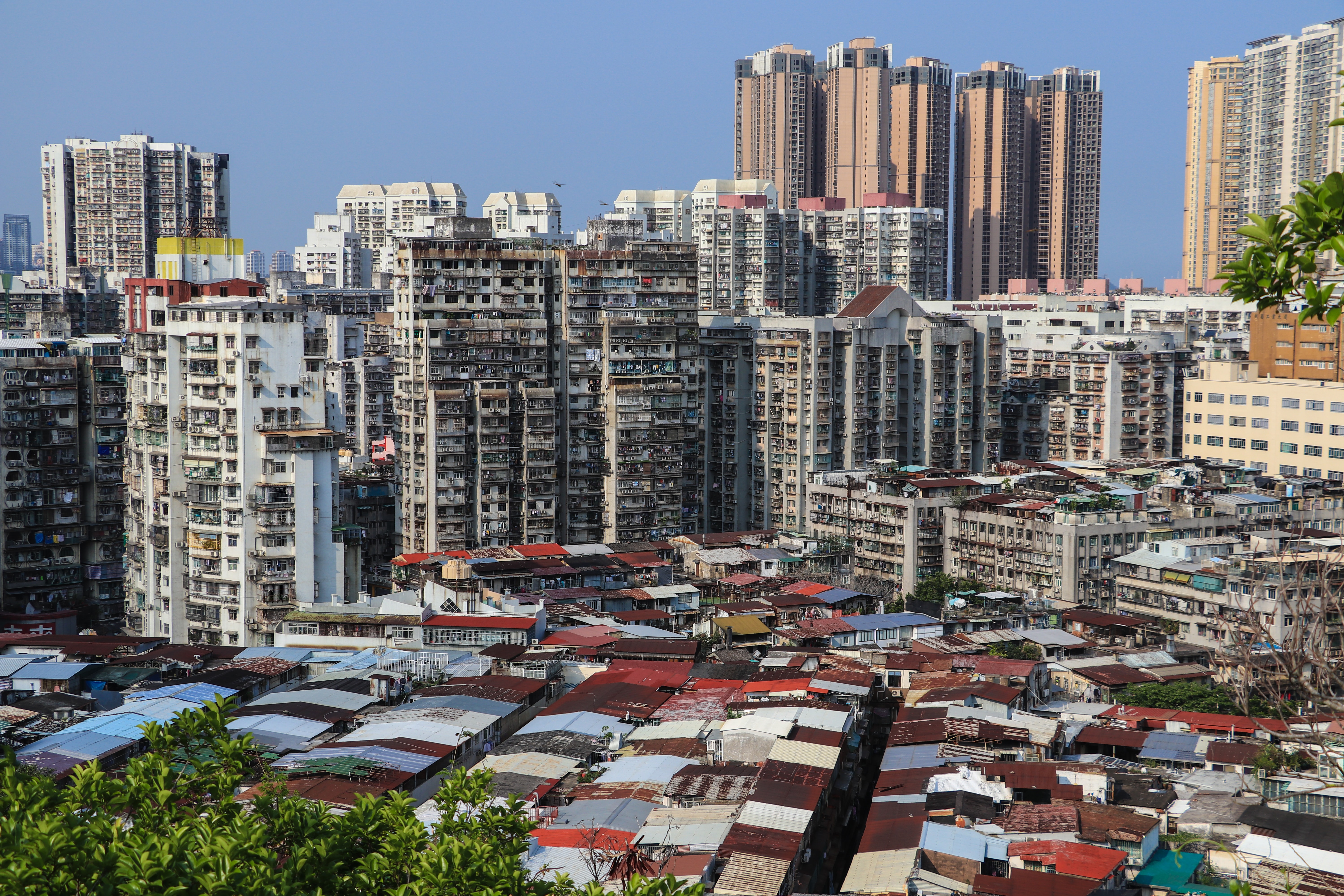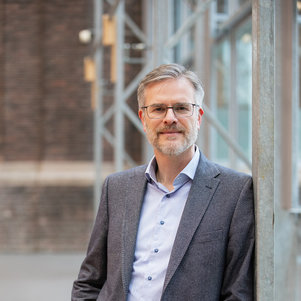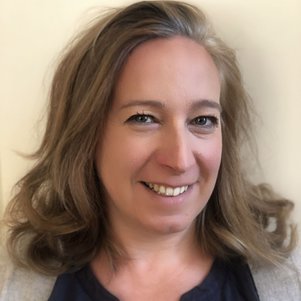Gaps between affluent and poor city dwellers are increasing all over the world. In a new book and lecture series, researchers Maarten van Ham and Caroline Newton establish links between socio-economic inequality and spatial structures and patterns. What is going on?
Since time immemorial, there has been a direct relationship between places of settlement and residence and the individual opportunities for development they provide. The extent to which people can live long and happy lives is determined partly by where they live. Dividing lines between the privileged and the underprivileged often run parallel to those between the rich and the poor. As a professor of Urban Geography in the Faculty of Architecture and the Built Environment, Maarten van Ham studies how segregation by income manifests itself. Caroline Newton has been a Van Eesteren Fellow in the same faculty since 2019. Her research focuses primarily on the role and function of spatial planning and design in shaping a socially just city.

Further apart
Van Ham scored an international hit in 2015 as one of the compilers of the comparative study SocioEconomic Segregation in European Capital Cities. “A journalist from The Guardian observed that the degree of segregation in Europe is low compared to that in other parts of the world. Wouldn’t it be interesting to research this more extensively? He made a good point.” Urban Socio-Economic Segregation and Income Inequality, A Global Perspective will be published in March. The study covers 24 cities throughout the world. Van Ham provides a sneak preview. “Actually, you see similar patterns all over the world. The more unequal societies are, the further apart the rich and the poor live from one another. We see the affluent part of the urban population moving to the city centre, while those without much money move to the outer edges of the urban region.” This is a reversal of the suburbanisation trends of the 1970s, when many of the higher income groups moved to a house with a garden in the suburbs. “We also see that this dynamic is accompanied by an increase in the number of highly educated, high-income workers in the city. The urban job market is professionalising and the segment of high earners, often dual-income households, is growing. They have enough money to live in the best places in the city.” In poor countries, the degree of segregation was already very high, van Ham notes. “In effect, Western countries are shifting a bit towards countries in the southern hemisphere.”
The publication will be offered in digital form free of charge, also through Amazon, in order to make it available to as many people as possible. “We’re adding an online course to it, an MOOC, which will be offered by TU Delft. In this way, we of course hope to reach many students as well as our fellow academics. And hopefully also a large group of people working in the spatial domain. If this study demonstrates anything, it’s that the relationship between income inequality and segregation is almost universal.”

Courses of life
Van Ham and his colleagues process and interpret huge amounts of spatial and demographic data for their analyses. “By following the courses of people’s lives, for example, you can make comparisons between individuals and groups who relocate and therefore find themselves in different circumstances. What happens to those people and what happens to their children?” Ethnographic research is also used in this field of research. “How do people in neighbourhoods perceive the world around them? You can only find out by visiting those neighbourhoods and asking the people who live there.”
A general conclusion that Van Ham has drawn from various studies is that past planning decisions clearly have a major impact on spatial patterns of inequality.
Newton is familiar with tensions between urbanisation and social justice in the southern hemisphere. She believes that spatial planners, urban designers and architects should be able to play a more emphatic role in the creation of opportunities for the underprivileged. “There is not much attention to spatial development in the decision-making. Even though, for example, keeping or making facilities easily accessible, in combination with transportation infrastructure or otherwise, has proven to be effective.” Spatial designers can help broaden the field of view for administrators and policy-makers. “I know not everyone will agree with me, but I think that a designer, even one who works under contract in a commercial capacity, has a responsibility to make others aware of the effects of design choices, including socio-economic choices.”
The series of lectures Newton has organised revolves around the idea that spatial planning in favour of social justice is nowhere near as utopian as it might sound. “The issue is high on many international agendas, including the United Nations’ Sustainable Development Goals. The pressing question is how local government bodies can implement this. Various examples show that co-creating with the local community doesn’t have to be such a fuss.” She knows of examples of civil society organisations in the southern hemisphere that serve as a hinge between local government bodies and the public. “Whenever traffic infrastructure or new construction is planned somewhere, they make sure that low-income people, many of whom live in informal settlements, can continue to get to places that provide opportunities for upward socio-economic mobility. Such as the daily market.”

Cleaning ladies
Van Ham is regularly asked ‘How bad is the spatial divide by income really?’ His answer: “It seems increasingly likely that this type of spatial segregation leads to inequality of opportunity, particularly when this segregation occurs over a longer period in an individual’s life.” If you are born into a family that can barely make ends meet, in a neighbourhood with relatively high poverty and crime rates, your prospects simply aren’t very bright. “Chances are you’ll end up in a similar neighbourhood in similar circumstances.” So part of the population is destined to struggle when it comes to climbing the social ladder. And he stresses that it’s not just big cities that are dealing with glaring inequality. “Two-thirds of my daughter’s classmates in the last year of primary school in the centre of Delft, a compact university town, receive a recommendation for higher general secondary or pre-university education, whereas in the same year at a school less than two kilometres away, only one pupil receives a recommendation for higher general secondary education.”
According to Newton, the opportunity to remedy or prevent future inequality through spatial planning is underutilised. “Yet societies can get into real trouble through increasing inequality.” For example, because growing frustrations among underprivileged groups lead to social unrest and instability. Or because a lack of a certain type of labour brings the economic engine to a standstill. “A middle class that doesn’t care about the fate of the cleaning ladies who come to clean their homes will suffer the consequences.” When that middle class invests in less attractive neighbourhoods, low-income groups are at risk of being pushed out. “The opportunity to get ahead passes them by again.”
Van Ham agrees that the input of spatial know-how in societal decision-making is indispensable. He fears that seemingly sustainable policies may create new divisions if they are not properly developed in terms of planning. “For example, when a very low parking standard is applied to a new mixed-income neighbourhood and parking spaces are allocated only to more expensive owner-occupied housing.” Or when city centres are declared exhaust-free, creating a situation in which all petrol and diesel-fuelled heavy goods traffic gathers at the edges of the city. “Will emission-free city centres inadvertently cause greater differences in the welfare and health levels of rich and poor?
Published: May 2021
Meer informatie
Van Eesteren Fellowship:
- The Van Eesteren Fellowship Lecture Series 2021
- The first upcoming lecture on 5 May 2021
- The Van Eesteren Fellowship general information
Book publication:
- Information about the publication 'Urban Socio-Economic Segregation and Income Inequality, A Global Perspective'
- Download open acces publication 'Urban Socio-Economic Segregation and Income Inequality, A Global Perspective'
- Information about the publication 'Socio-Economic Segregation in European Capital Cities'
MOOC:

Maarten van Ham
- +31 15 27 82782
- M.vanHam@tudelft.nl
-
Room B8-00WEST810

Caroline Newton
- +31 15 27 81209
- C.E.L.Newton-1@tudelft.nl
-
08.BG.West.150

